Parameter Estimation In Presence of Outliers
A Toy Example: Estimating 2D Lines
Maximum Likelihood Estimation
Outliers, Bias and Breakdown Point
Outliers
Bias
Breakdown Point
The Breakdown Point for a 2D Line Least Squares Estimator
RANdom Sample And Consensus
Introduction
Preliminaries
RANSAC Overview
How many iterations?
Constructing the MSSs and Calculating q
Ranking the Consensus Set
Computational Complexity
Hypothesize Step
Test Step
Overall Complexity
Other RANSAC Flavors
RANSAC at Work
The RANSAC Toolbox for Matlab™
RANSAC.m
Some Examples Using the RANSAC Toolbox
Estimating Lines
Estimating Planes
Estimating A Rotation Scaling and Translation
Estimating Homographies
Frequently Asked Questions
What is the ``right'' value of ?
How do I use the toolbox for image registration purposes?
Why the behaviour of RANSAC is not repeatable?
What should I do if I find a bug in the toolbox?
Are there any other RANSAC routines for Matlab?
Notation
Some Linear Algebra Facts
The Singular Value Decomposition
Relation Between the SVD Decomposition and the Eigen Decomposition
Fast Diagonalization of Symmetric 22 Matrices
Least Square Problems Solved via SVD
Solving A=
Solving A= subject to "026B30D "026B30D =1
The Normalized Direct Linear Transform (nDLT) Algorithm
Introduction
Point Normalization
A Numerical Example
Concluding Remarks About the Normalized DLT Algorithm
Some Code from the RANSAC Toolbox
Function Templates
MSS Validation
Parameter Estimation
Parameter Validation
Fitting Error
Source Code for the Examples
Line Estimation
Plane Estimation
RST Estimation
Homography Estimation
GNU Free Documentation License
1. APPLICABILITY AND DEFINITIONS
2. VERBATIM COPYING
3. COPYING IN QUANTITY
4. MODIFICATIONS
5. COMBINING DOCUMENTS
6. COLLECTIONS OF DOCUMENTS
7. AGGREGATION WITH INDEPENDENT WORKS
8. TRANSLATION
9. TERMINATION
10. FUTURE REVISIONS OF THIS LICENSE
ADDENDUM: How to use this License for your documents
References
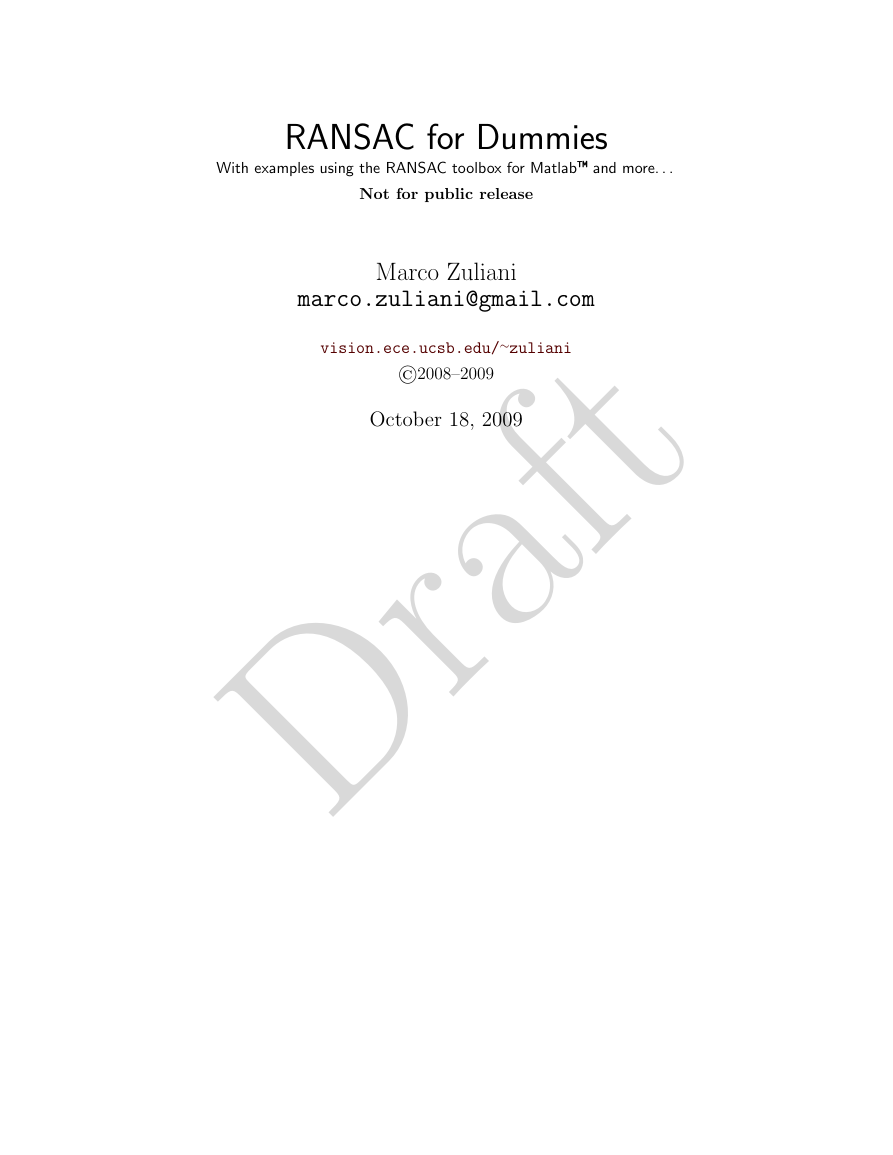


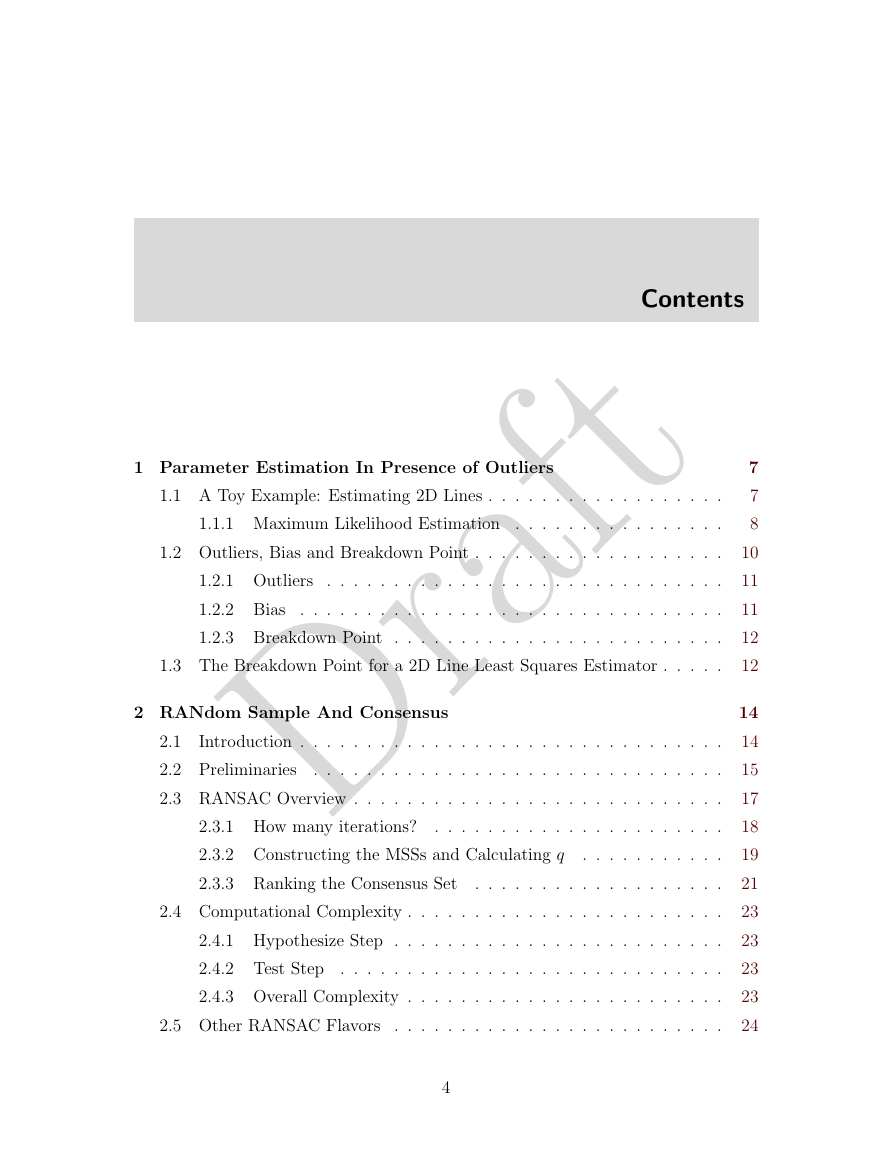
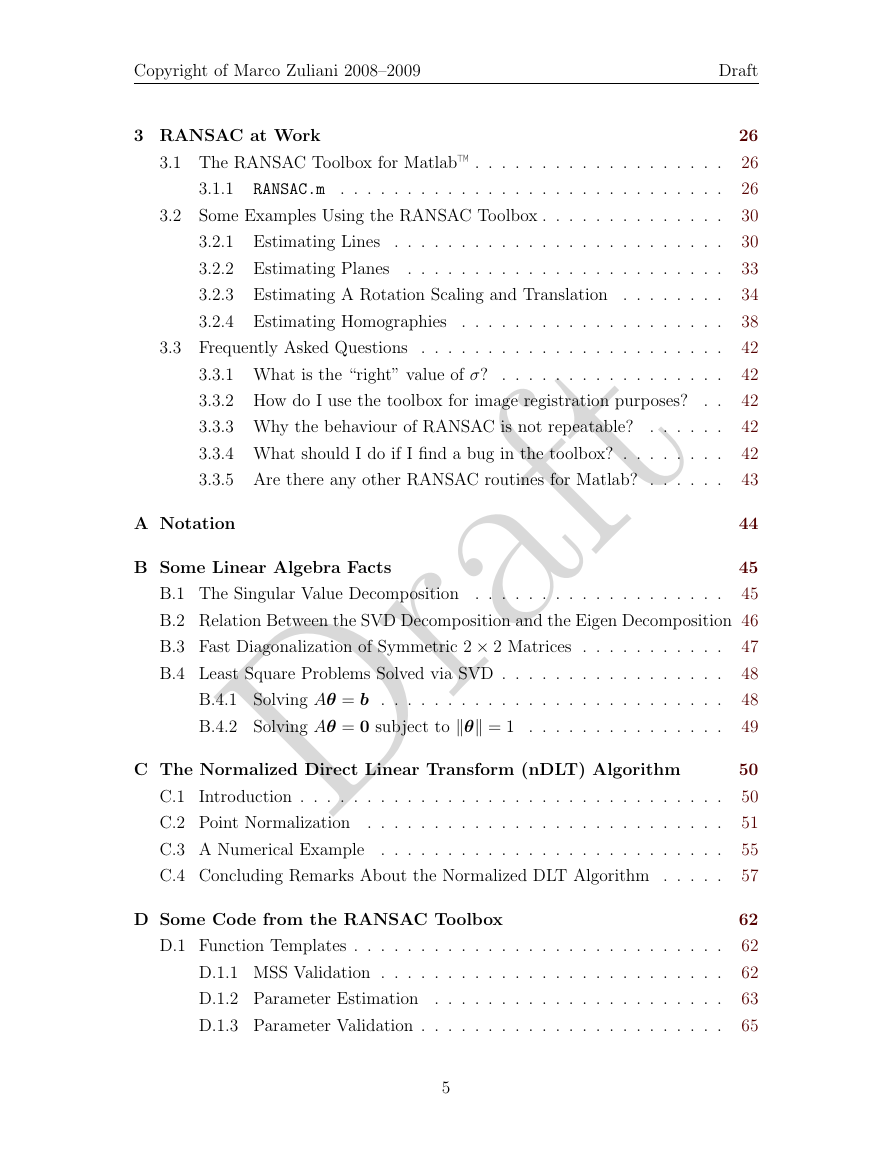
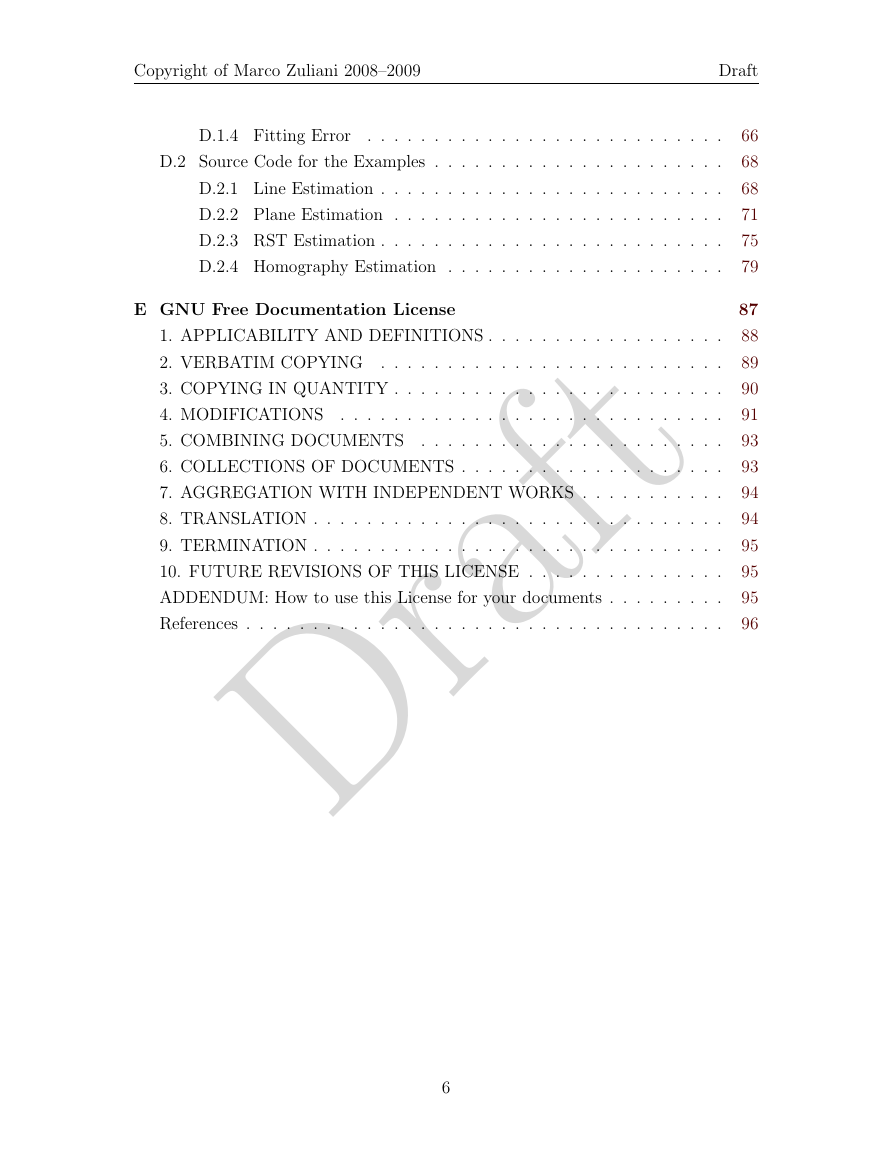
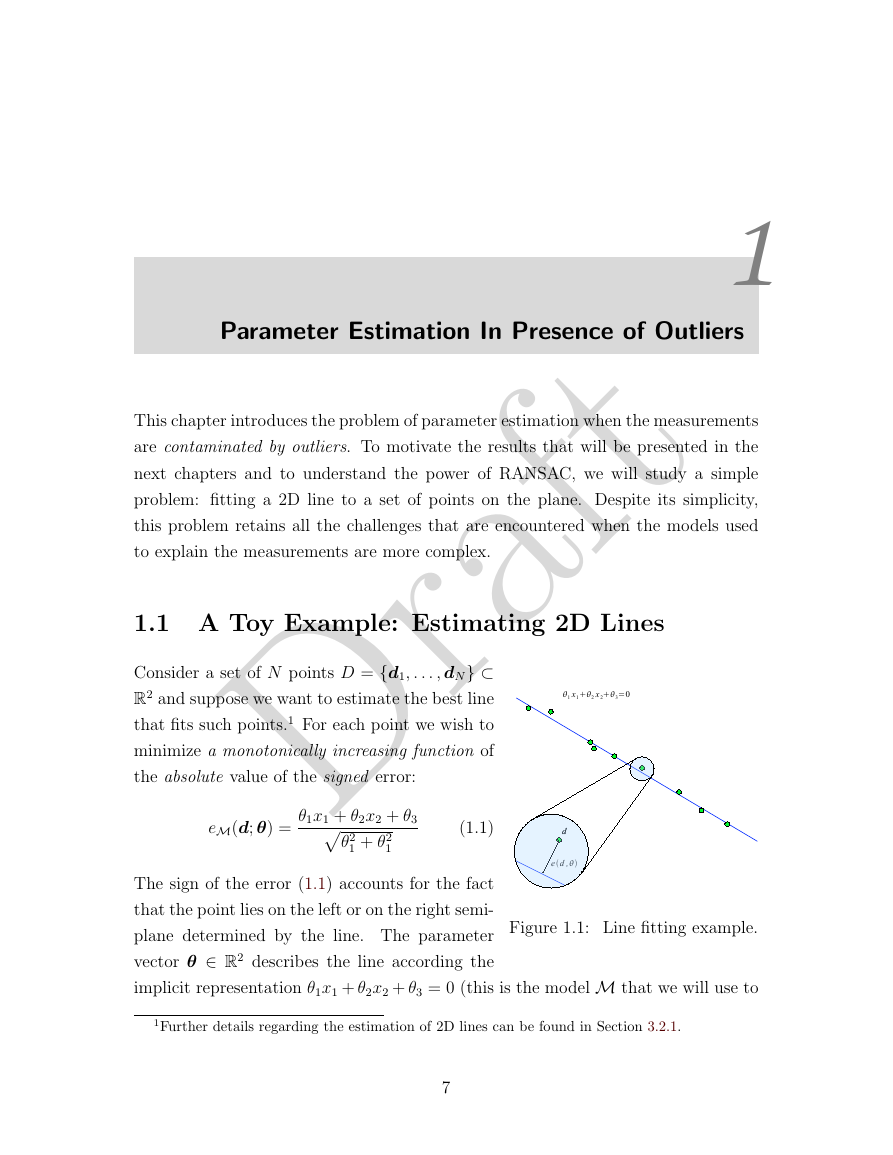
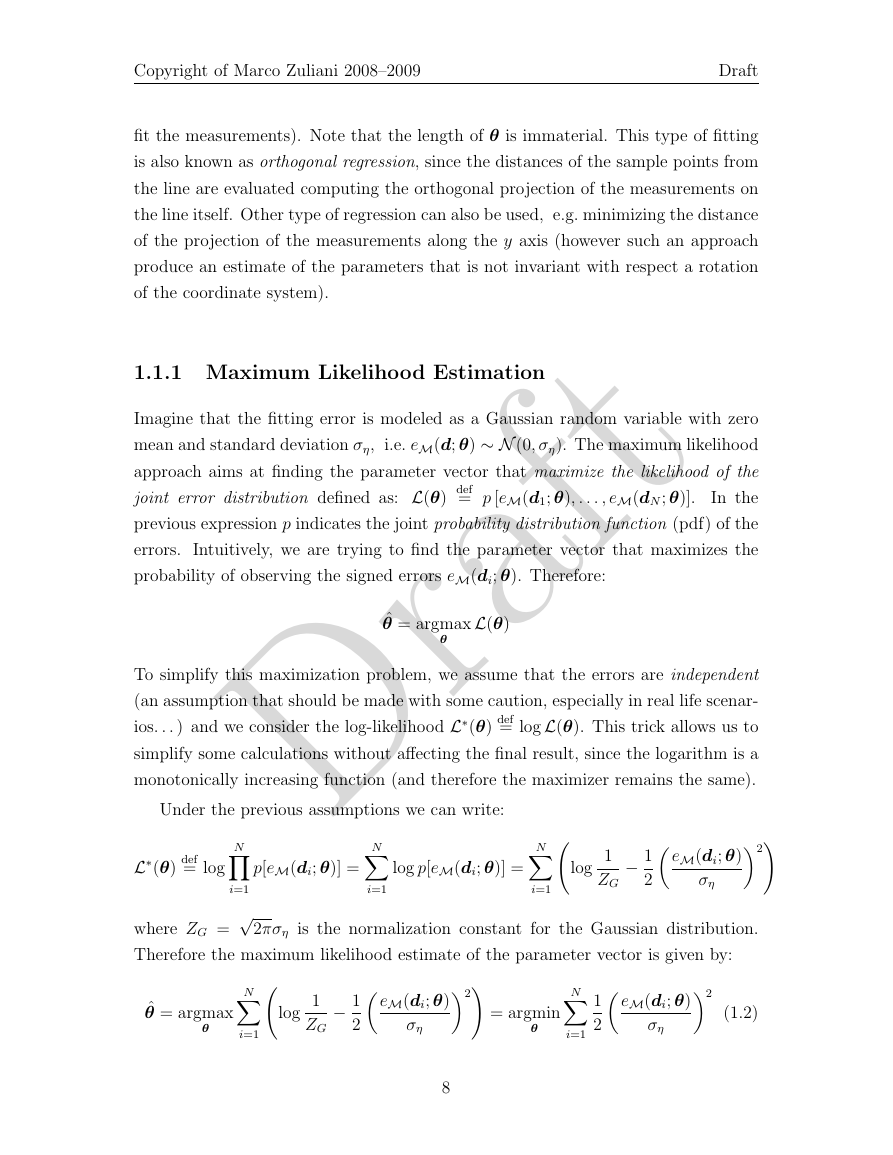








 2023年江西萍乡中考道德与法治真题及答案.doc
2023年江西萍乡中考道德与法治真题及答案.doc 2012年重庆南川中考生物真题及答案.doc
2012年重庆南川中考生物真题及答案.doc 2013年江西师范大学地理学综合及文艺理论基础考研真题.doc
2013年江西师范大学地理学综合及文艺理论基础考研真题.doc 2020年四川甘孜小升初语文真题及答案I卷.doc
2020年四川甘孜小升初语文真题及答案I卷.doc 2020年注册岩土工程师专业基础考试真题及答案.doc
2020年注册岩土工程师专业基础考试真题及答案.doc 2023-2024学年福建省厦门市九年级上学期数学月考试题及答案.doc
2023-2024学年福建省厦门市九年级上学期数学月考试题及答案.doc 2021-2022学年辽宁省沈阳市大东区九年级上学期语文期末试题及答案.doc
2021-2022学年辽宁省沈阳市大东区九年级上学期语文期末试题及答案.doc 2022-2023学年北京东城区初三第一学期物理期末试卷及答案.doc
2022-2023学年北京东城区初三第一学期物理期末试卷及答案.doc 2018上半年江西教师资格初中地理学科知识与教学能力真题及答案.doc
2018上半年江西教师资格初中地理学科知识与教学能力真题及答案.doc 2012年河北国家公务员申论考试真题及答案-省级.doc
2012年河北国家公务员申论考试真题及答案-省级.doc 2020-2021学年江苏省扬州市江都区邵樊片九年级上学期数学第一次质量检测试题及答案.doc
2020-2021学年江苏省扬州市江都区邵樊片九年级上学期数学第一次质量检测试题及答案.doc 2022下半年黑龙江教师资格证中学综合素质真题及答案.doc
2022下半年黑龙江教师资格证中学综合素质真题及答案.doc